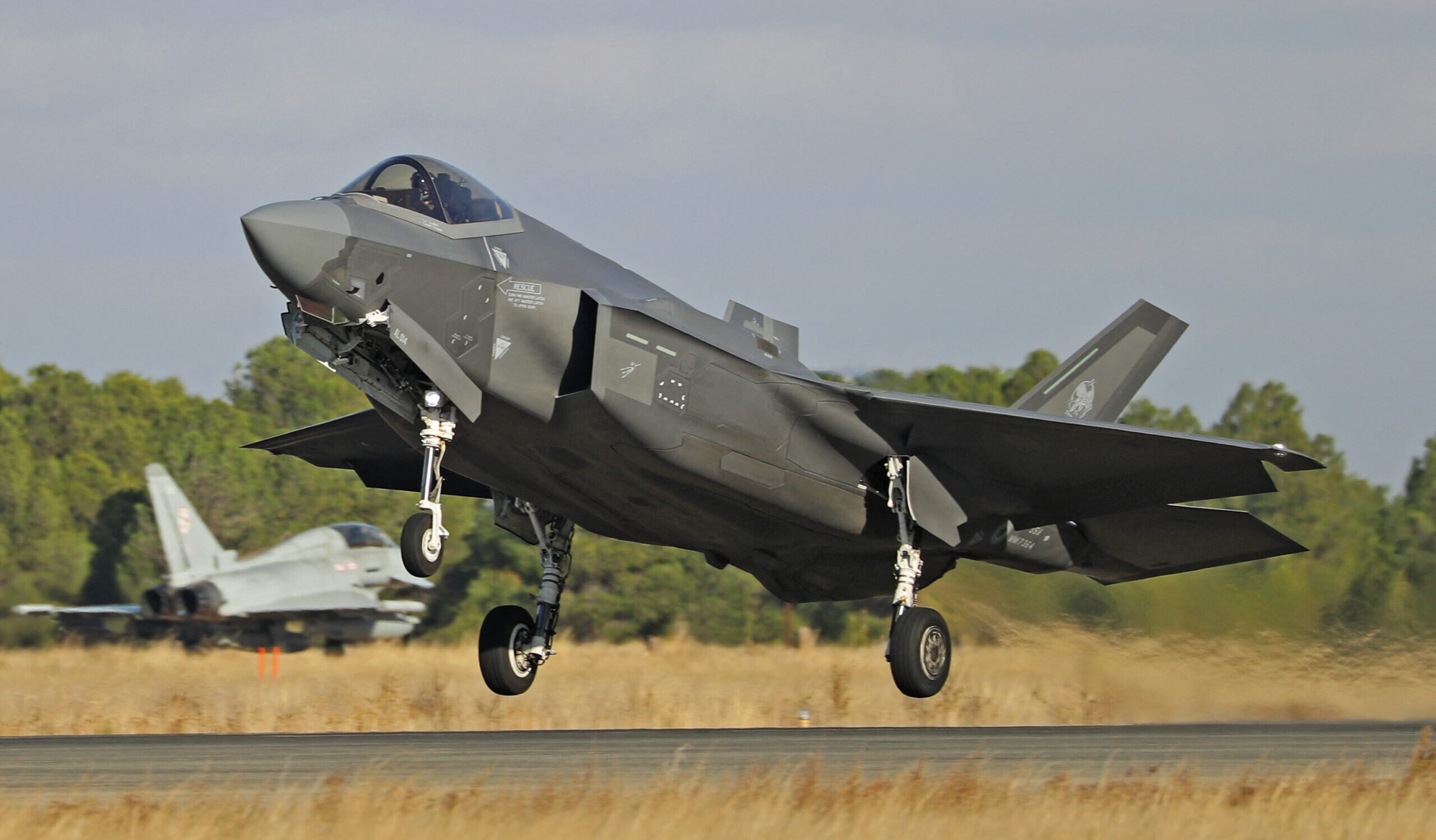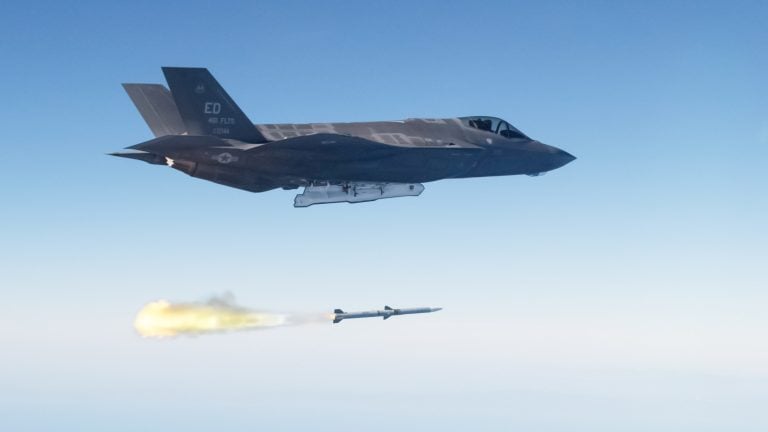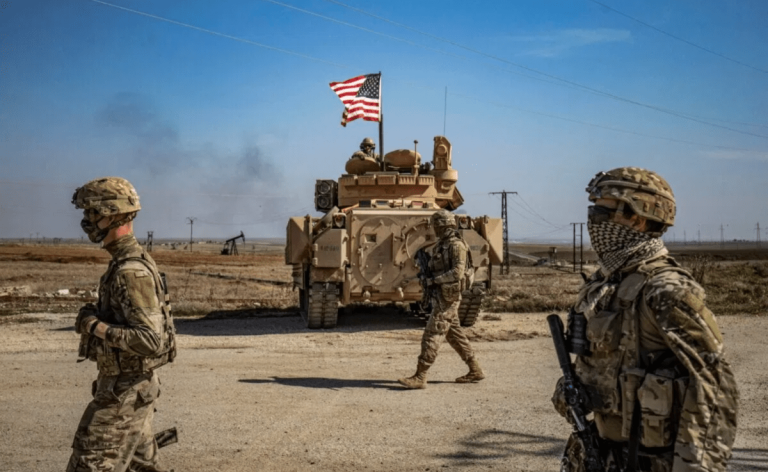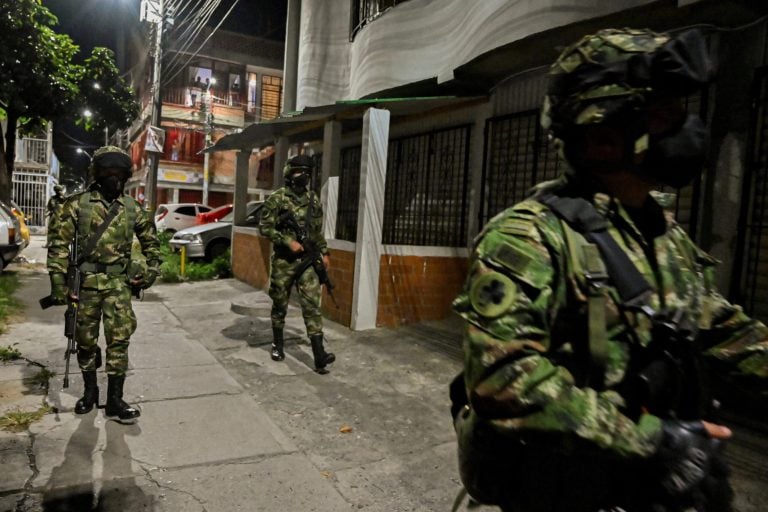The US military is reportedly contemplating the permanent deployment of its advanced F-35 fighter jets to South Korea amid escalating tensions on the Korean Peninsula. These radar-evading aircraft have previously been stationed in the country strictly for joint training exercises; however, this potential shift represents a significant escalation in military presence.
According to sources cited by Yonhap News Agency, the first squadron of these jets, consisting of 20 F-35s, is expected to be stationed at Kunsan Air Base, which houses the US Air Force’s 8th Fighter Wing. There is a likelihood of a second squadron being rotated in as needed. This move is designed to complement the existing presence of older F-16 fighter jets that are already permanently stationed in South Korea.
The anticipated deployment is expected to provoke significant backlash from North Korea, which has routinely condemned the introduction of substantial US military assets in the region. In a recent statement, Pyongyang denounced Washington’s perceived “political and military provocations,” following the arrival of a US Navy aircraft carrier in Busan. The North described joint military exercises between the US and South Korea as “hostile war exercises,” cautioning that these actions could jeopardize inter-Korean relations.
Currently, the US maintains a permanent fleet of F-16 fighter jets in South Korea as a measure to reinforce its ally’s defense capabilities against regional threats. In a strategic move last year, nine F-16s were relocated from Kunsan Air Base to Osan Air Base, forming a “Super Squadron” that bolstered the total number of combat jets to 31. Another Super Squadron of F-16s is slated to be established at Osan Air Base in October, which will increase the total number of F-16s at the base to 62.
Despite the robust presence of US jets, the F-16s, manufactured by General Dynamics, have been involved in various incidents in South Korea, including a notable mishap in March when two F-16s inadvertently dropped bombs on a civilian area during a live-fire exercise. This history of incidents raises concerns regarding the potential implications of enhancing the US military footprint in the region.















